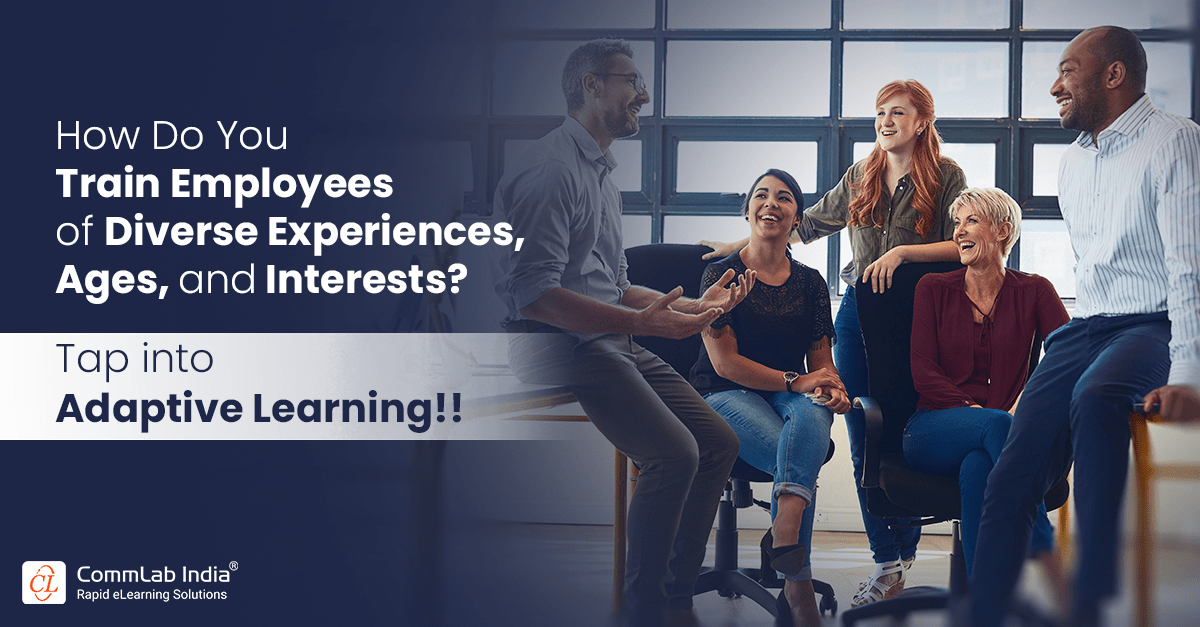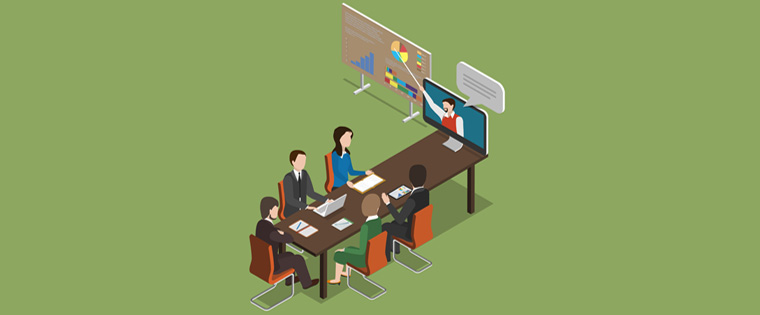The Key Benefits of Adaptive Learning in Corporate Training

Modern employees have unique learning needs. Not everyone has the same level of education, skills, or prior experience, nor do they progress at the same pace. This is where adaptive learning comes in. It enhances corporate training outcomes by addressing the differences in learners’ abilities by creating targeted training activities with the aid of technology.
Let’s dive deeper and explore more about adaptive learning, including how it works as well as its key benefits.
Adaptive Learning in Corporate Training
Why You Shouldn’t Miss It
- Improve competence and training outcomes
- Enhance assessments
- Personalize learning for heterogeneous groups
Defining Adaptive Learning
For many years, companies worldwide have trained their employees to assume that they’re all equally unprepared or inexperienced and that they all need the same level of guidance and instruction. Research, however, shows that employees have unique learning styles, preferences, and needs, which renders the one-size-fits-all approach to corporate training ineffective.
Adaptive learning refers to personalized learning experiences designed according to learners’ capabilities and needs. In terms of workplace training, this involves providing customized eLearning courses based on the employees’ departments, skills, education, experience, and pace of learning. The idea is to adjust learning to individual needs – thereby improving training outcomes.
Adaptive learning typically occurs on digital platforms and structured according to different learning levels and goals. It allows trainers to select appropriate lessons for each employee that assess their abilities and provide immediate feedback.
→ Explore how microlearning can offer focused learning and immediate feedback.
How Adaptive Learning Works
Let’s say a training module has been designed for 50 employees in a specific department presenting 10 new concepts, with each module ending in a quiz. Let’s also assume that the average score on each quiz is 75%. The problem here is that most trainers cannot fathom their learners answering only 25% of the quiz questions correctly, on an average. It may be that:
- Employee A didn’t understand the last two concepts in the unit.
- Employee B struggled with four out of the ten concepts.
- Employee C struggled with a singlular concept that impacted 25% of their score.
- Employee D was disengaged since the course didn’t offer them any new concepts.
- Employee E missed critical sessions due to their workload and family responsibilities.
These are a few examples of the reasons that can easily challenge trainers and make it difficult for them to respond to the needs and circumstances of each employee. Adaptive learning works by identifying the specific skills and concepts that make a difference in each employee’s progress.
Many products, such as DreamBox and Smart Sparrow evaluate how learners perform in courses by separating learner engagement data from performance data. For instance, they help trainers discern how much time learners spent on a particular concept, or how many times they logged in to complete their modules. These applications and software offer unique, non-linear learning pathways through the utilization of machine learning and AI.
A case in point, one learner could be given the main course while the others could get additional material to enable the learning of a new concept. This is fueled by AI-empowered learning pathways.
Explore The Key Benefits of Adaptive Learning in Corporate Training
If you’re on the fence, explore these key benefits of adaptive learning in corporate training:
1. Enhanced Time Efficiency and Fewer Disruptions
A personalized adaptive learning approach can drastically reduce the time it takes for an employee to master a specific skill compared to other learning approaches. This strategy adapts to the learner. Hence, there’s no need to refresh familiar concepts and constantly clarify doubts.
For employees working in call centers, retail, or any sector where time off the floor can disrupt routines and performance on the job, improving time efficiency is crucial, and adaptive learning does just that.
2. Improved Competence and Training Outcomes
There’s a growing need to boost employee productivity and improve their proficiency at work by finding and closing skills gaps. There’s no room for ignorance in the modern business landscape, as it can swiftly result in increased costs and reduced customer satisfaction. Hence, leaders and managers need to quickly address gaps in employee competence to improve and maintain profits and revenues, enhance employee safety, and ensure customer satisfaction.
Adaptive learning is designed specifically to identify and remediate this, because it allows trainers to develop training courses that are tailored to individual levels of skills and knowledge.
3. Enhanced Assessments
Adaptive learning approaches learner assessments with question-based and survey-styled courses. It analyzes what employees already know and where they may require upskilling and reskilling. The result of this research is a huge amount of learner data that allows trainers to analyze employee performance not just as a whole but also in particular areas through specific questions.
This innovative training strategy also keeps track of what your team has learned on an individual basis. Thus, you can easily update and modify your course’s content and publish it without worrying about duplication or redundancy. With the question-based approach, you can also improve your teams’ confidence along with enhancing their competence and skills.
Lastly, adaptive learning isn’t limited to the personalization of learning pathways. An algorithm can provide valuable feedback for employees by actively measuring their progress and recommending follow-up training courses and materials. This mechanism is not too different from picking a show on Netflix and it displaying similar shows for your entertainment.
4. Personalized Learning for Heterogeneous Groups
Even if you’re planning to train employees in the same department, no two learners within a group are the same in terms of skills, experiences, expertise, pace of learning, and knowledge retention. Learners are also unique in terms of health, mindsets, workplace habits, nutrition, and fitness, just to name a few. Thus, it’s difficult to account for such variable factors when designing eLearning courses for many employees.
However, adaptive learning is ideally suitable to various groups due to its ability to adjust to beginners and experts alike. Therefore, adaptive learning course content is dynamically changing compared to what you typically find in traditional eLearning courses.
Bottom Line
The COVID-19 pandemic accelerated the implementation of online learning, and the eLearning trend is here to stay. As a result, companies that aim to enhance their corporate training outcomes will continue to pursue the latest technologies and solutions in the market.
By acknowledging individual learners’ needs and planning training programs around them, organizations can leverage the power of adaptive learning to quickly upskill their employees. If there ever was a time to put into practice adaptive learning in your organization, it’s now. For more such trending eLearning applications, download this eBook now!





